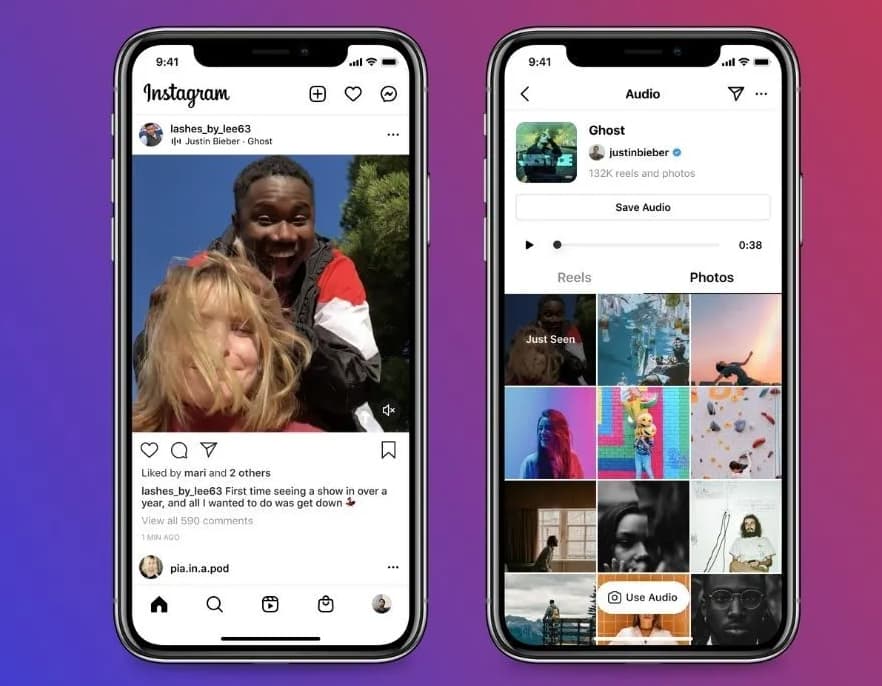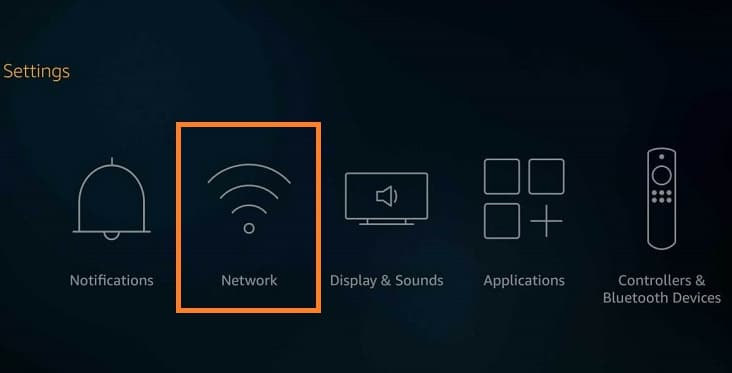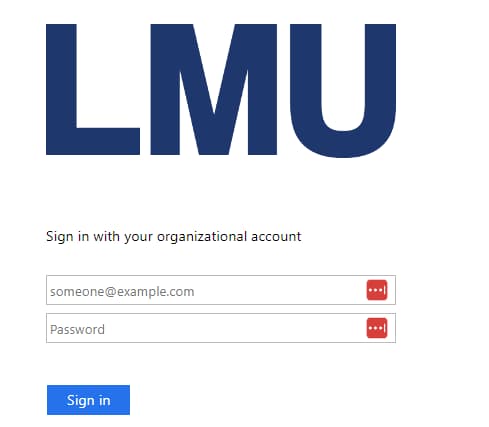The creative direction of a brand helps it to distinguish itself in the marketplace. When visual branding elements like color palettes, fonts, and imagery align with its values, customers can recognize and trust it more readily.
Creative directors collaborate with members of their creative teams and other leaders, such as art directors. Additionally, they may interact with higher-level executives or clients regarding strategic matters.
Branding
Branding is one of the cornerstones of creative direction, as it helps translate your business strategy into visuals that resonate with your target market. Without effective branding strategies in place, campaigns often fall flat and fail to achieve results.
Creative directors combine design, storytelling, and marketing expertise to develop an identity for their client that resonates with its intended market.
These professionals can be hired on a project-by-project basis, which makes them ideal for companies that do not wish to commit to hiring an in-house director full-time. They can also be found working at agencies where they take on similar responsibilities as an in-house designer but on more flexible schedules.
Creative directors can assist with managing a team of copywriters and artists working simultaneously on different projects, keeping things on schedule while making sure each piece reflects your brand’s vision and values.
Creative direction is a key element of any successful marketing strategy. Hiring a creative direction agency to translate your strategy into visual elements that resonate with target customers is paramount for creating genuine relationships and driving business growth. Working with a reputable company can help make these goals a reality.
Campaigns
Effective creative projects rely on clear and specific creative direction, which keeps both team members and project outcomes on track.
Creative direction works hand in hand with brand story and strategy to bring concepts to life – where design meets strategy meets art! When developing campaigns or websites or taking an idea to market, creative direction is a necessity for connecting with audiences and growing a successful project.
Your key consumer benefit is the primary feature of your product or service that consumers will remember whenever they see your branding, creative assets, or marketing materials. Selecting your KCB requires taking into account target audience buying behaviors, preferences, and pain points while choosing one carefully – as its selection will set the overall tone of your campaign.
When giving creative direction, it is crucial that the designer understands exactly what their role should be and receives useful feedback. Communication between team members throughout the entire process will also reduce revisions and misunderstandings and setting review schedules can ensure prompt resolution for questions or concerns raised during design production.
Websites
The creative direction in website design should always prioritize communication and empathy since websites serve such an essential purpose: conveying brand messages while building connections between businesses and consumers.
To do this effectively, the creative director must craft a story that resonates with the target audience and motivates them to act. Whether that means sharing how your company is changing the world or simply conveying that you are forward-thinking and contemporary, the creative director can assist with making this happen.
This process seeks to ensure a unified brand experience across multiple marketing and design touchpoints, such as product design, digital marketing, and website development. Without such direction in place, maintaining cohesion may prove challenging – leading to inconsistent messaging between channels that could ultimately compromise its message and consistency.
To do this effectively, a creative director must possess an in-depth knowledge of their brand’s identity and messaging, as well as how best to express these aspects through visual design elements like layouts, typography, colors, imagery, and layouts. You can learn more about color’s impact by clicking the link.
A great creative director will know how to combine all these components into an effective brand representation with mobile phones as well as desktop computers using modern CSS techniques that ensure their designs can adapt across various screen sizes.
Social Media
As social media becomes a primary form of communication, creative directors must stay current with trends to produce engaging visual content for this medium. Implementing an efficient design process is an excellent way to stay current while remaining true to both goals and audience expectations.
As part of an effective creative direction strategy, setting social media goals is essential. Doing this will allow you to identify which types of posts perform best on each platform – for instance. Instagram favors imagery and videos while Twitter encourages short messages with clipped quotes. You can click the link: https://www.wikihow.com/Get-Followers-on-Instagram-Fast to learn more.
Establishing a successful social media strategy includes defining the level of creative freedom your team has when creating unique content. This can help set clear expectations about what each member of the team should produce while also serving as a helpful framework for planning creative projects that require multiple people.
Creative directors can be found across industries – from nonprofits to magazines – using their expertise to align branding, visual elements, and other creative materials with cohesive tactics specifically tied to a project’s strategy.





